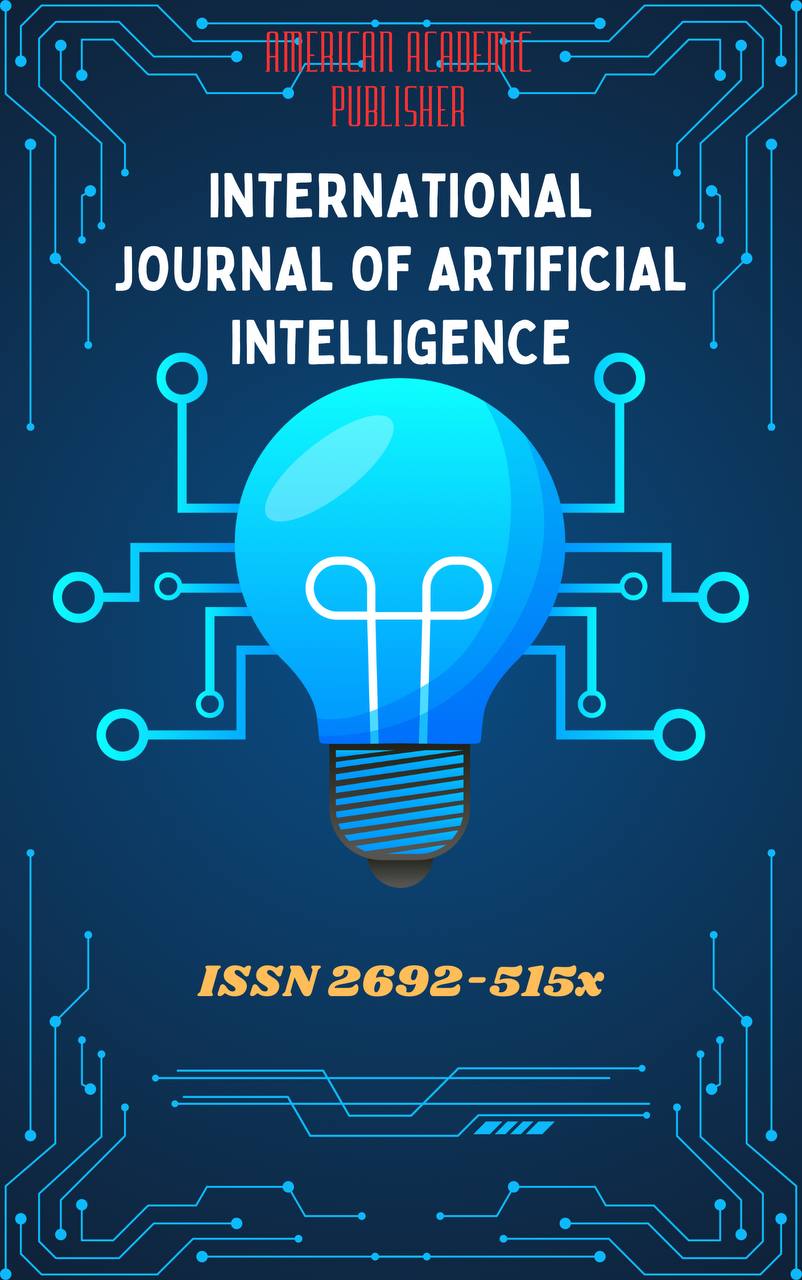 Articles
| Open Access |
Articles
| Open Access | DEVELOPING PROFESSIONAL COMPETENCES OF STUDENTS THROUGH INTERACTIVE TRAINING SYSTEMS
Khaydarov Orifjon Rustamovich , Independent researcher at Bukhara State Pedagogical InstituteAbstract
This study investigates the effectiveness of interactive training systems in developing professional competences among university students. Through a mixed-methods approach involving 245 participants across different disciplines, we analyzed how various interactive learning technologies impact skill acquisition, professional identity formation, and workplace readiness. Results demonstrate significant improvements in technical proficiency, problem-solving abilities, and soft skills among students exposed to comprehensive interactive training programs. The findings suggest that strategic implementation of interactive systems, when aligned with industry requirements and pedagogical best practices, substantially enhances students' professional development and employability prospects.
Keywords
Interactive Training Systems (ITS), Professional Competences, Higher Education, Skill Acquisition, Virtual Reality, Augmented Reality, Gamified Learning, Adaptive Learning, Mixed-Methods Research, Technical Proficiency, Problem-Solving Abilities, Professional Communication, Collaborative Learning, Industry Alignment, Workplace Readiness, Pedagogical Frameworks, Competence Assessment, Learning Analytics, Faculty Development, Professional Identity Formation, Experiential Learning, Student Engagement, Lifelong Learning, Educational Technology, Curriculum Integration.
References
Beetham, H., & Sharpe, R. (2019). Rethinking pedagogy for a digital age: Principles and practices of design. Routledge.
Braun, V., & Clarke, V. (2021). Thematic analysis: A practical guide. SAGE Publications.
Collins, A., Brown, J. S., & Holum, A. (1991). Cognitive apprenticeship: Making thinking visible. American Educator, 15(3), 6-11.
Frey, C. B., & Osborne, M. A. (2017). The future of employment: How susceptible are jobs to computerisation? Technological Forecasting and Social Change, 114, 254-280.
Garrison, D. R., & Vaughan, N. D. (2021). Blended learning in higher education: Framework, principles, and guidelines. John Wiley & Sons.
González, J., & Wagenaar, R. (2020). Tuning educational structures in Europe. University of Deusto.
Hattie, J., & Timperley, H. (2018). The power of feedback. Review of Educational Research, 77(1), 81-112.
Lave, J., & Wenger, E. (1991). Situated learning: Legitimate peripheral participation. Cambridge University Press.
Article Statistics
Downloads
Copyright License

This work is licensed under a Creative Commons Attribution 4.0 International License.

